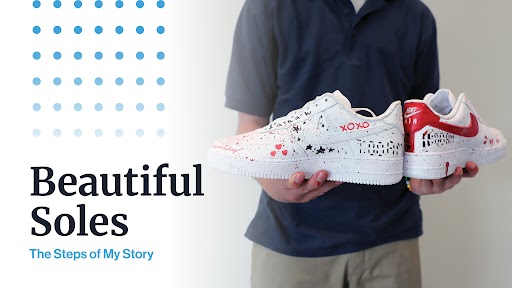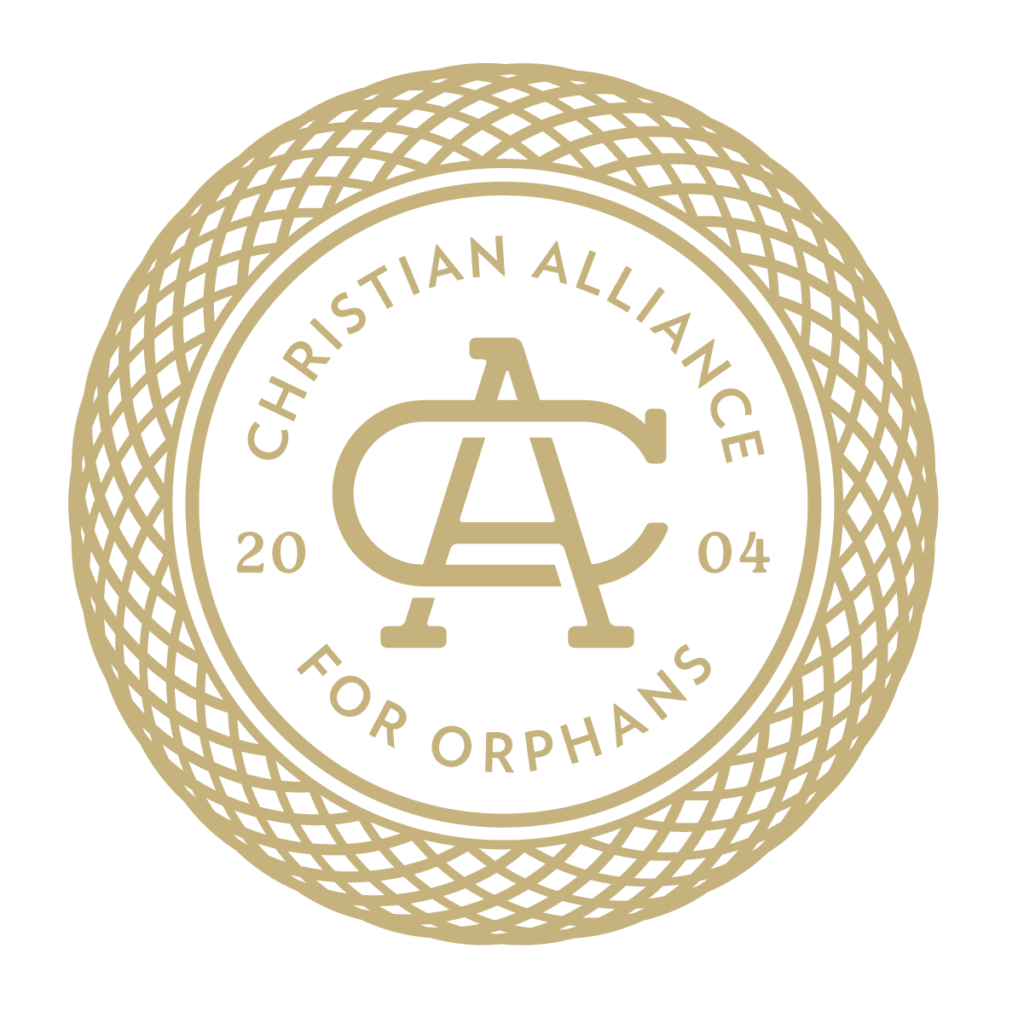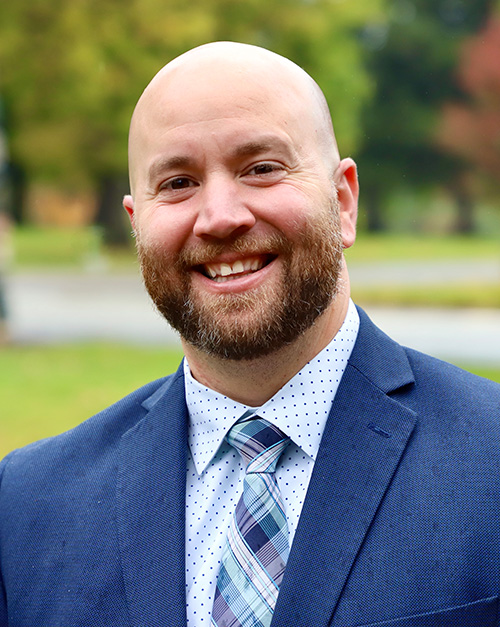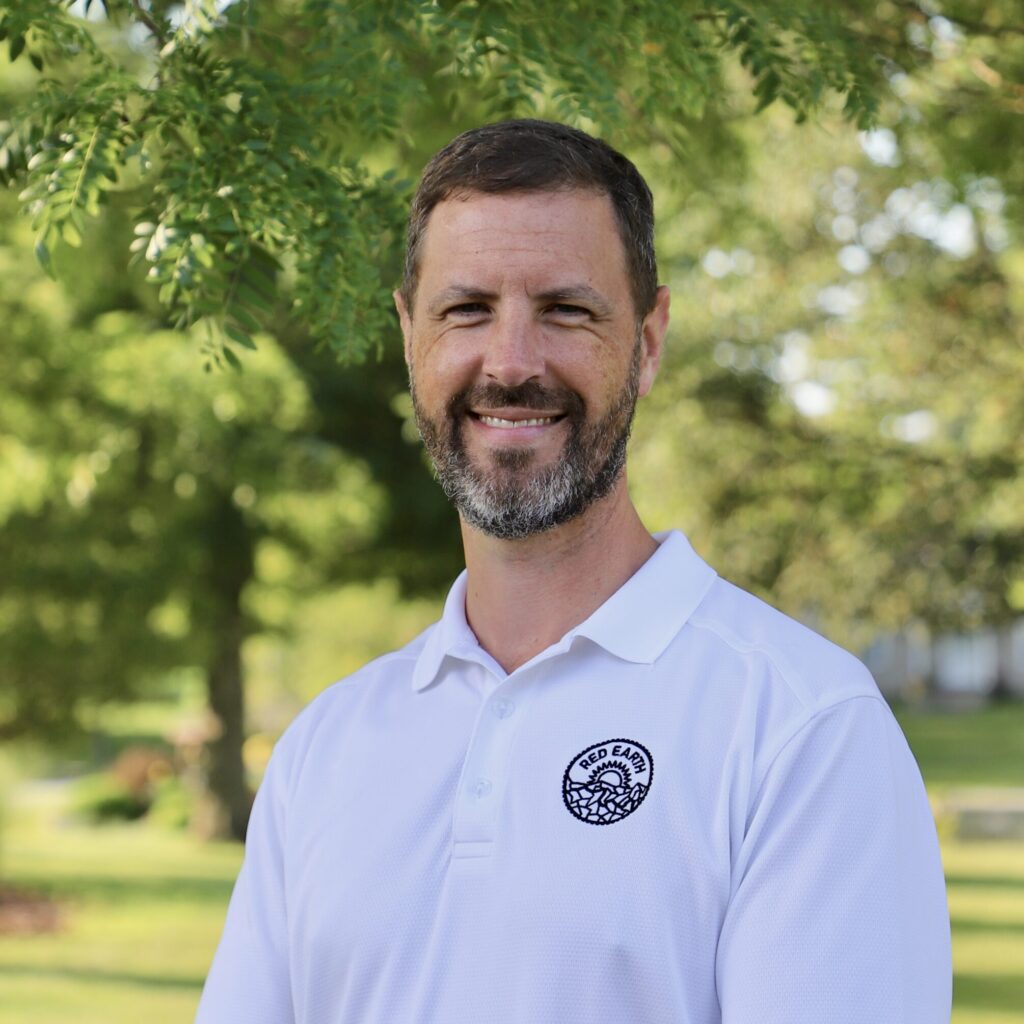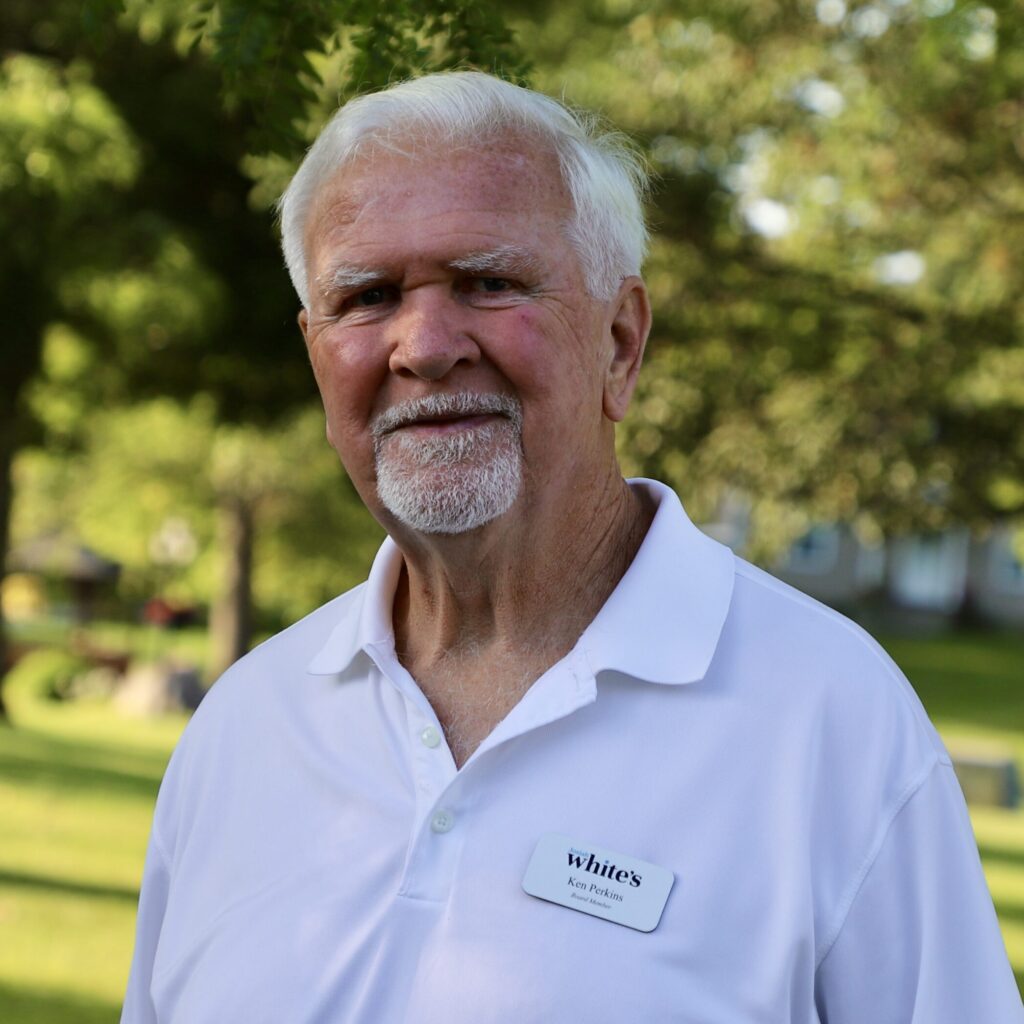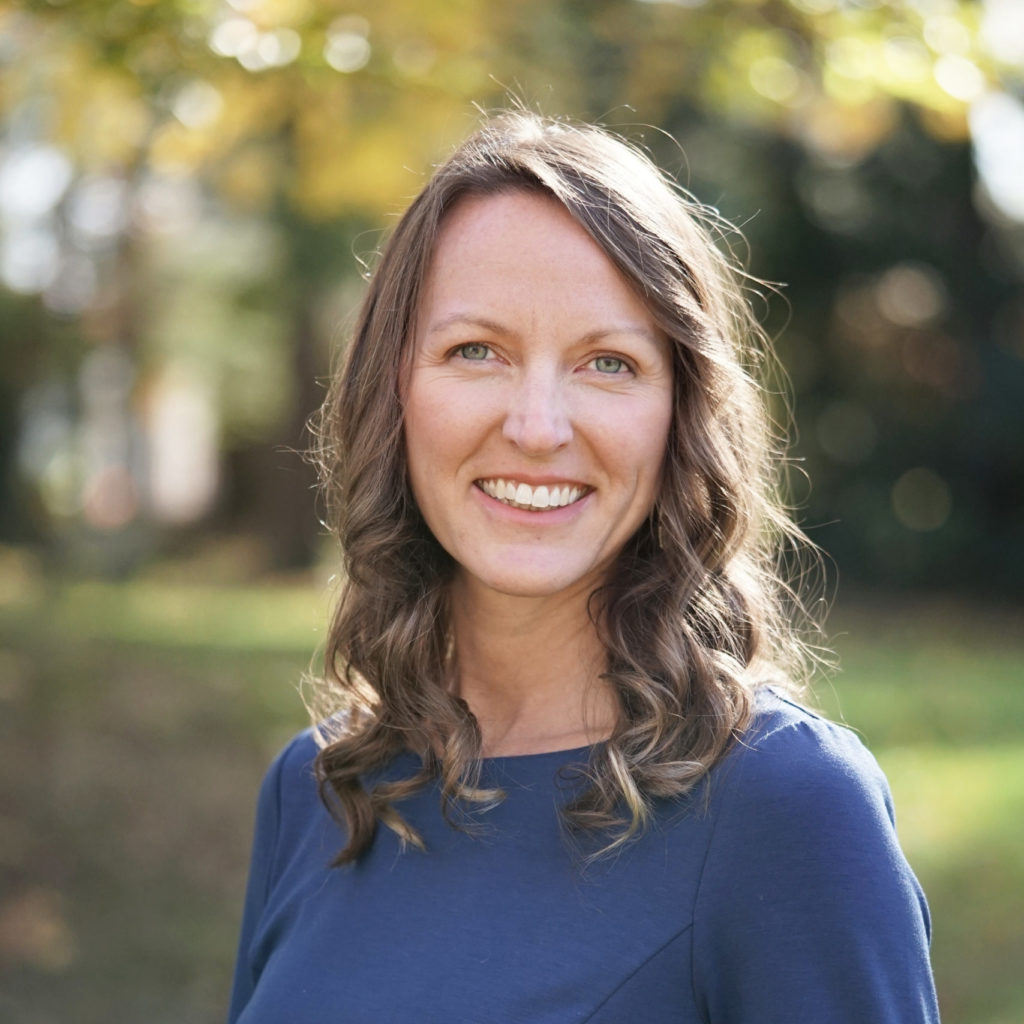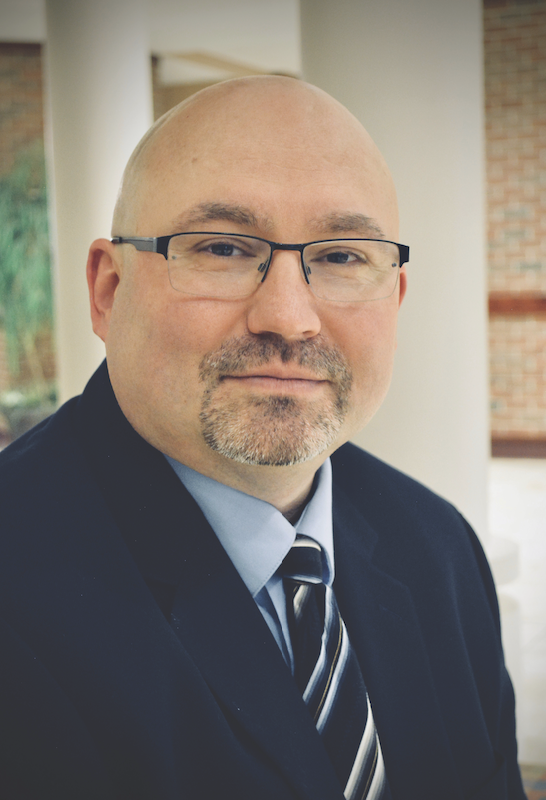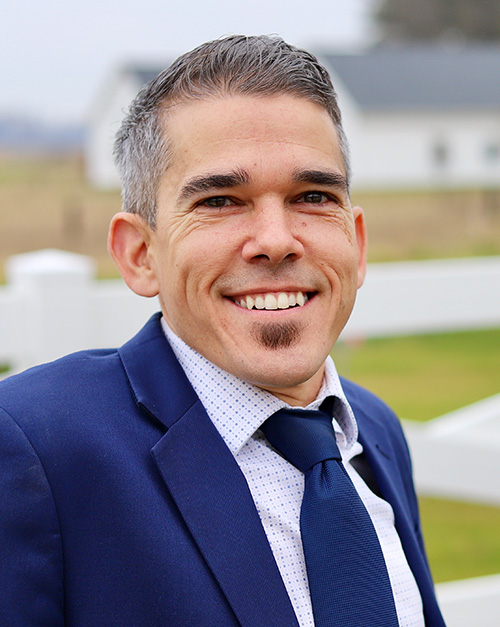On June 3, residential students at Josiah White’s artistically expressed their worst and best memories by painting Air Force 1 sneakers as part of their art intervention program.
Staci Hyden, residential therapist and organizer of the event, titled it “Beautiful Soles: The Steps of My Story.” She wrote that the activity “provides an outlet for processing the journey of the past that has led to current treatment, while encouraging moving forward on the right foot towards the next steps of healing.”
Hyden said the students who participated in the art intervention program are overcoming challenges from substance use. She said their struggles could be a result of significant adversity that occurred before their use or after the substance had been introduced into their lives.
“Unfortunately, there’s not really a one-size-fits-all for substance use disorders or what all trauma we see,” Hyden said. “But a good amount of our students just don’t necessarily realize what all effects their use has had on their lives until they really start digging deep and unpacking all of that through the treatment process.”
Art intervention activities help students process the concepts learned from the substance use treatment program. One activity involved coloring a picture of a shoe that symbolically represented aspects of their lives.
“This group idea has been here for a little while,” she said. “It’s been here for a couple of years…and it just always felt like it could be more. What could we do that’s not just them coloring a piece of paper?”
Hyden said she always had a dream to give her students actual pairs of shoes to paint so her students could hold their shoes and show them off. She said her idea quickly became a reality after CEO Matthew Purkey found a donor for the shoes.
Purkey commented about the event, saying, “Many of our students have faced incredible trauma in their lives. At the same time, many of them have a deep love for sneakers. So what better way to offer a safe, creative space for them to process their stories? Thanks to the generosity of Jonathan and Jared from the Marsh McLennan Agency, each student received a blank canvas—literally. A pair of Air Force 1s.”
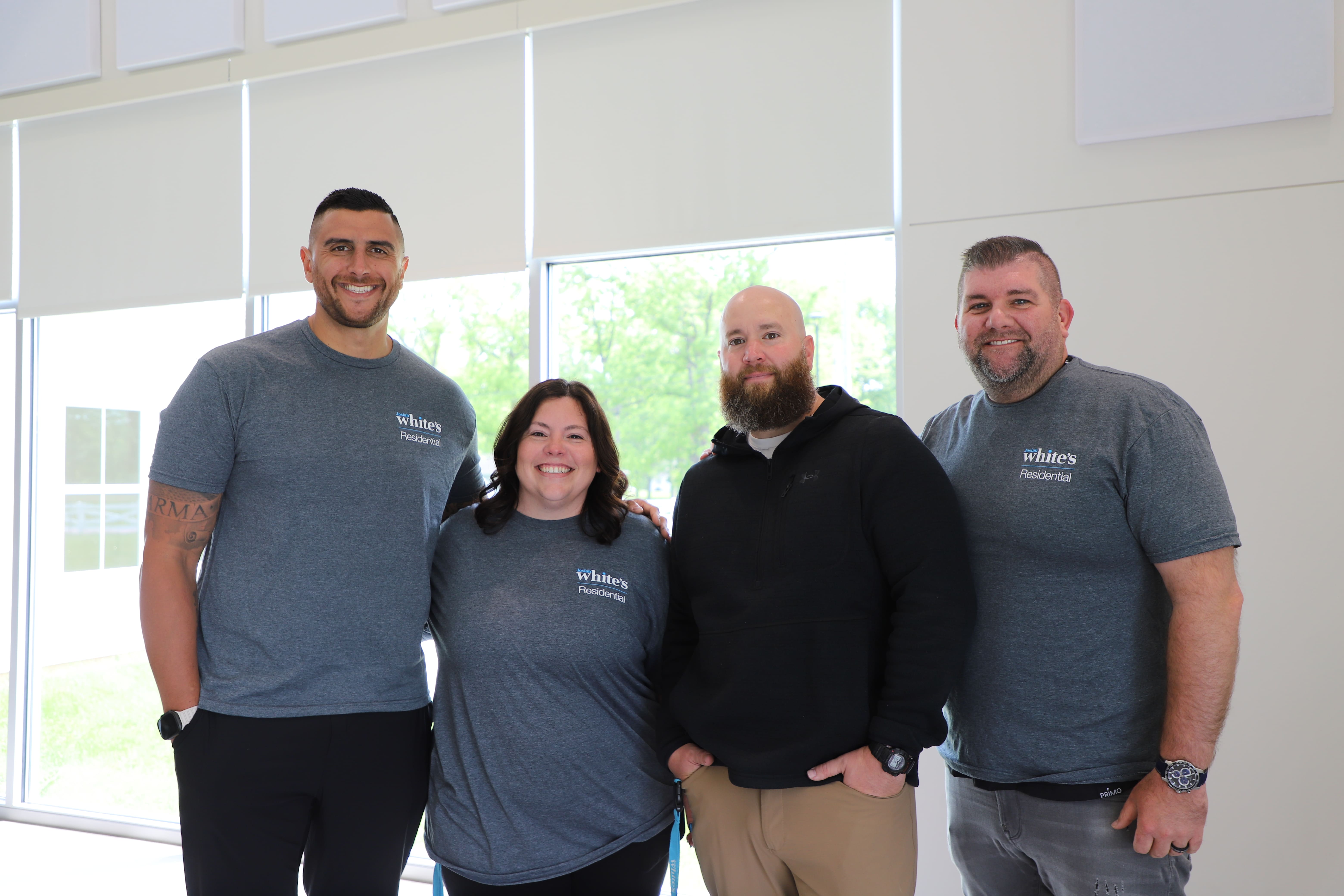
Hyden said she kept the shoes a surprise for her students.
“Several of them thought, ‘Maybe we actually get a shoe’ because I had given them a paper and said, ‘Design a shoe,’ without telling them they actually got the shoes. So they kind of had an idea of what their shoe would look like before they received it, but [I] had them hidden in the closet and…told them, ‘Oh, you’re just going to paint a canvas,’ but…then [I] brought those out and said, ‘Actually, we’re just kidding. You do actually get a pair of Air Force 1s.’ The jaws dropped, eyes widened, smiles, ‘No way! This is the best! This is awesome!’ So, it was a pretty cool moment.”
Hyden said she was concerned that her students wouldn’t take the activity seriously.
“I was thinking, it would be really easy as a teenager to be given this pair of shoes to paint and just say, ‘I want it to be painted my favorite color and I don’t care if it has a symbol or significance behind it.’ But I will say that our kids more than exceeded the expectations for that. They really did take the idea behind it. They embraced it. They ran with it.”
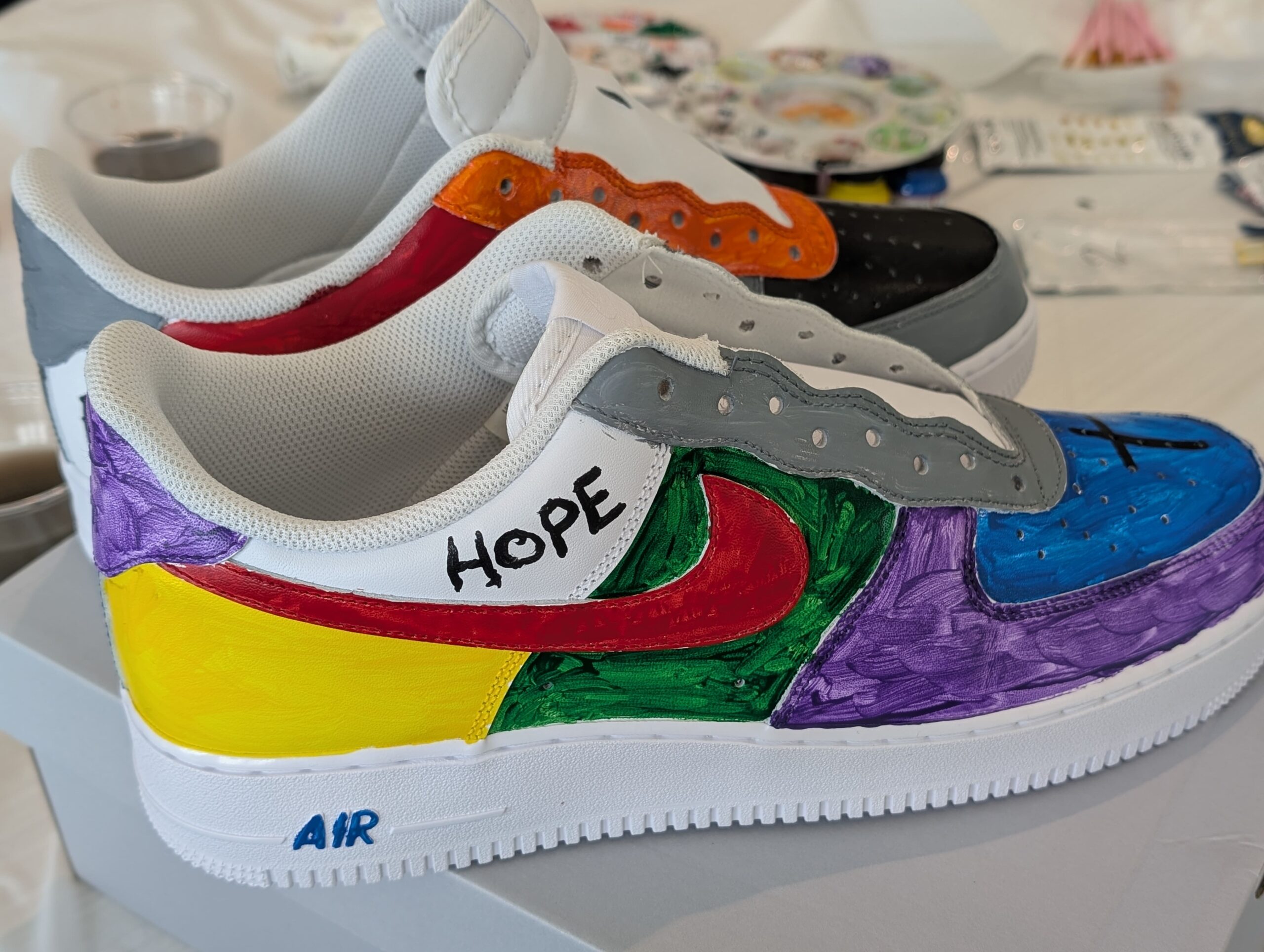
Purkey attended the event and watched as the students received their new shoes.
“The students’ reactions—filled with laughter, stories, and yes, even tears—were priceless,” Purkey said. “Just like the shoes they designed, we hope our students now know this truth: they, too, are one of one.”
Jonathan Hirst from the Marsh McLennan Agency said he was thankful to be part of the experience.
“It’s one of the most unique approaches I’ve seen in trying to reach a younger demographic,” he said. “…it’s really cool to see all the kids’ different pasts and then, what makes them happy now, and even putting ourselves in that experience. But it’s really cool to meet the kids kind of where they’ve been and then also know where they’re looking to go.”
Hyden said students have told her that painting each shoe with their worst and best times helped them to see how their life events have impacted them.
“There have been a few students that have talked about how [they appreciated] just having that ability to see the balance of what they’ve experienced that was hard to go through, the worst of times, so to speak, versus their best of times. So, where there was loss, there’s been gain. Where there’s been death, there’s been life.”
Josiah White’s is grateful for the therapists and donors who intentionally work to help our students take steps toward healing and greater freedom.

